With its ancient ruins, breathtaking natural wonders, and exotic biodiversity, South America is full of mysteries. From the mystical Marble Caves in Chile to Machu Picchu, there are plenty of ways to immerse yourself in these magical South American destinations.
Discover the continent’s otherworldly wonders with these 8 Mysterious Places in South America Worth Visiting. From a floating island to a salt hotel, these places are sure to leave you in awe.
Nazca Lines
One of the most famous of Peru’s geoglyphs, the Nazca Lines are a series of lines, shapes and designs that can be fully appreciated from above. They were first noticed by American historian Paul Kosok, while flying over the area in the 1940s.
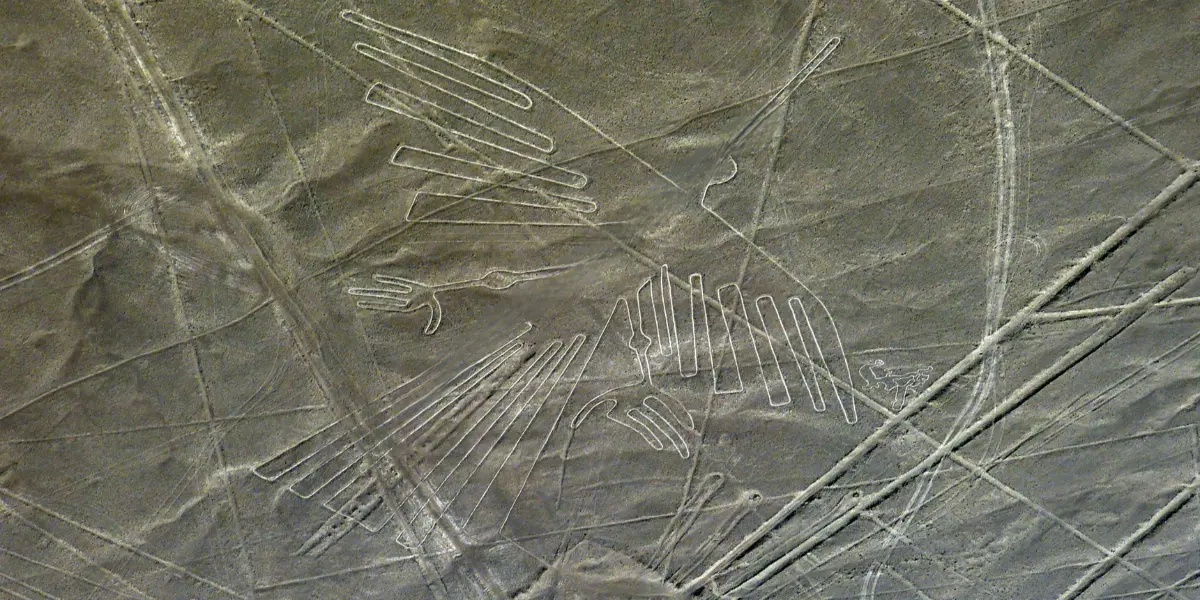
Despite being visible from space, they remain mysterious and many questions are still unanswered. Scientists, mathematicians and archaeologists aren’t sure what they mean, though theories have centered around everything from animals and plants to aliens and the stars. Visiting the site is best done via flight, but be sure to take motion sickness medication prior to taking a ride as turbulence may occur. Also, choose a morning flight to ensure clear skies.
Chan Chan
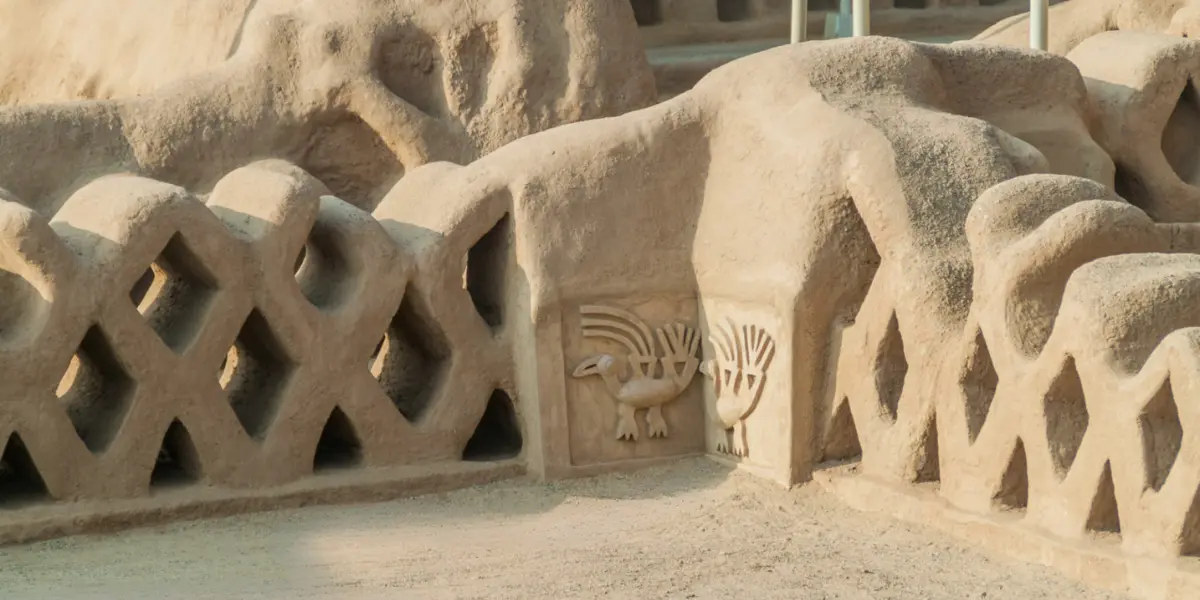
Chan Chan, on the northern coast of Peru, is the largest adobe city built by an indigenous civilization in pre-Columbian America. At its apogee, it housed thousands of artisans and traders, who were experts at processing gold, spondylus shell, tropical feathers and other raw materials for trade and tribute.
Despite this wealth, the Chimu were not immune to environmental threats. In fact, they were one of the first cultures to experience climate change.
The site is a Unesco World Heritage Site and features 10 walled enclosures, each marking the grave of a Chimu ruler. Visitors can explore the ruins on their own, or book a tour that includes transportation from Trujillo.
Machu Picchu

The Incas were incredible builders, and Machu Picchu is a testament to their advanced stonework skills. The ruins are impressive, organic structures that blend into the surrounding landscape and mountains.
The ruins are also a beautiful natural area that’s home to a wide variety of flora and fauna. In addition, the fact that the site was never discovered by the Spanish means it remained largely intact, making it one of the best-preserved archaeological sites in Peru.
Archaeologists still debate the purpose of the city, with some believing it served as a retreat for emperors and others suggesting it was a ceremonial spot. However, the most popular theory is that it was a sacred city of healing.
Montevideo
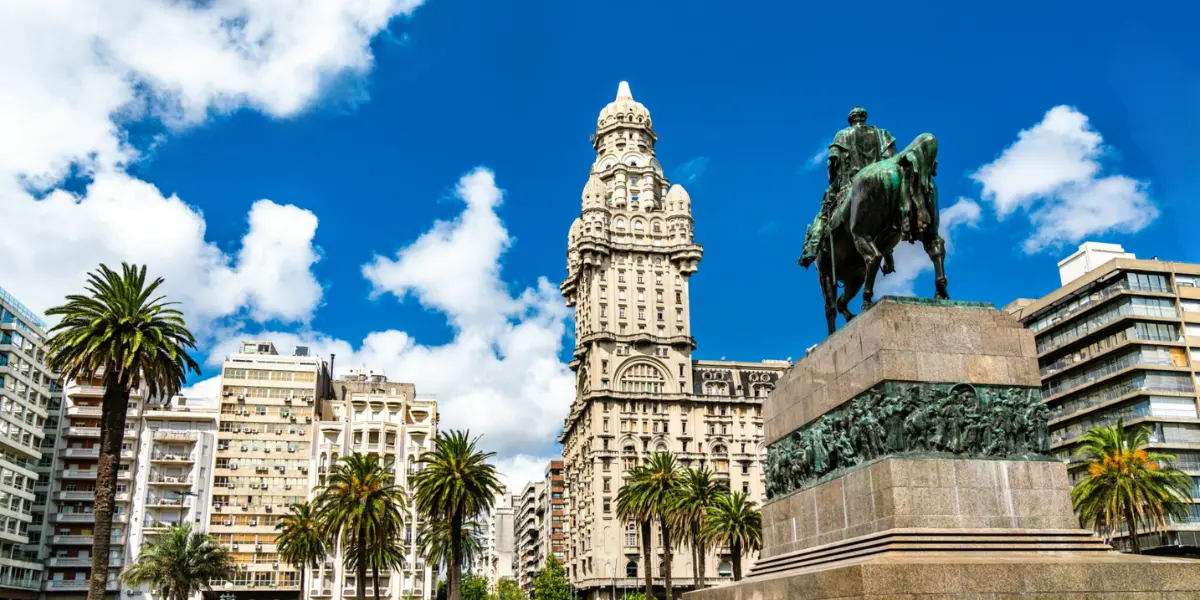
Uruguay’s capital, Montevideo, is a vibrant and cosmopolitan city with a privileged port and pristine beaches. It is also home to the headquarters of the MERCOSUR trading bloc and is considered one of the most important cities in South America.
A city of wide ranging culture, Montevideo is home to several renowned theaters and hosts many performances throughout the year. The Teatro Solis, the country’s preeminent theatre, offers both national and international shows on a regular basis.
In terms of the literary scene, Montevideo plays a key role as it has a strong tradition and fosters cross-cutting approaches to literature by envisioning it as a socio-cultural nexus. In addition, the city has a number of libraries and initiatives that focus on social inclusion and equity for young people and the elderly.
Angel Falls
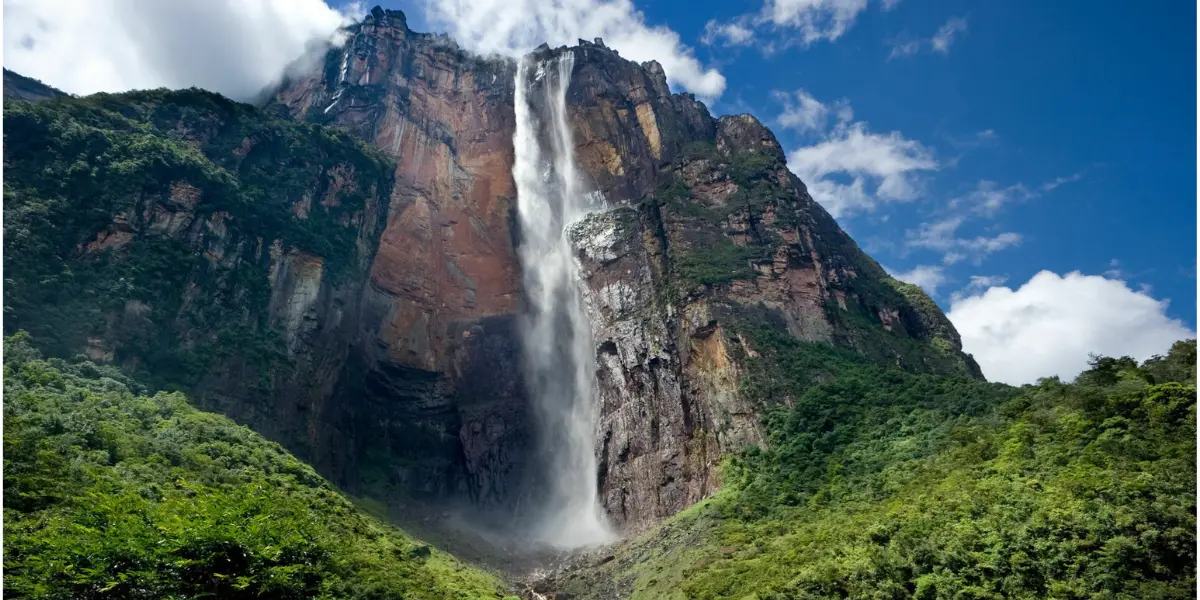
Angel Falls, in the state of Bolivar in Venezuela, is one of the highest waterfalls in the world. It plunges from the tabletop mountain Auyan-tepui in Canaima National Park. It has been the subject of numerous films, documentaries, and art pieces.
The site was first sighted by outsiders in 1933 when James Angel, an American pilot, flew over the falls. They were named after him, but Venezuelan President Hugo Chavez in 2009 decreed that they should be known as Kerepakupai meru, their indigenous name.
The falls are not easily accessible by road and can be viewed only from an aircraft flying over them or in a curiara – a traditional Indian canoe – traveling down the Churun River. The surrounding region is a biodiversity hotspot, home to a multitude of exotic flora and fauna.
Potosi

With a rich cultural heritage, striking architecture, and awe-inspiring landscapes, Potosi offers a captivating experience that appeals to history buffs, foodies, and adventure seekers on Bolivia tours. The UNESCO World Heritage-listed site is home to ancient mining ruins, opulent churches, and a high-altitude city center.
At its peak, the silver mines of Cerro Rico made Potosi one of the wealthiest cities in the world. As a result, locals splurged on fine foods and imported goods.
European artisans decorated the city with opulent paintings and lavish buildings. But the mining era was also marked by brutal working conditions and sky-high death rates, earning the mountain a Quechua nickname of ‘the place that eats men’.
Punta Arenas
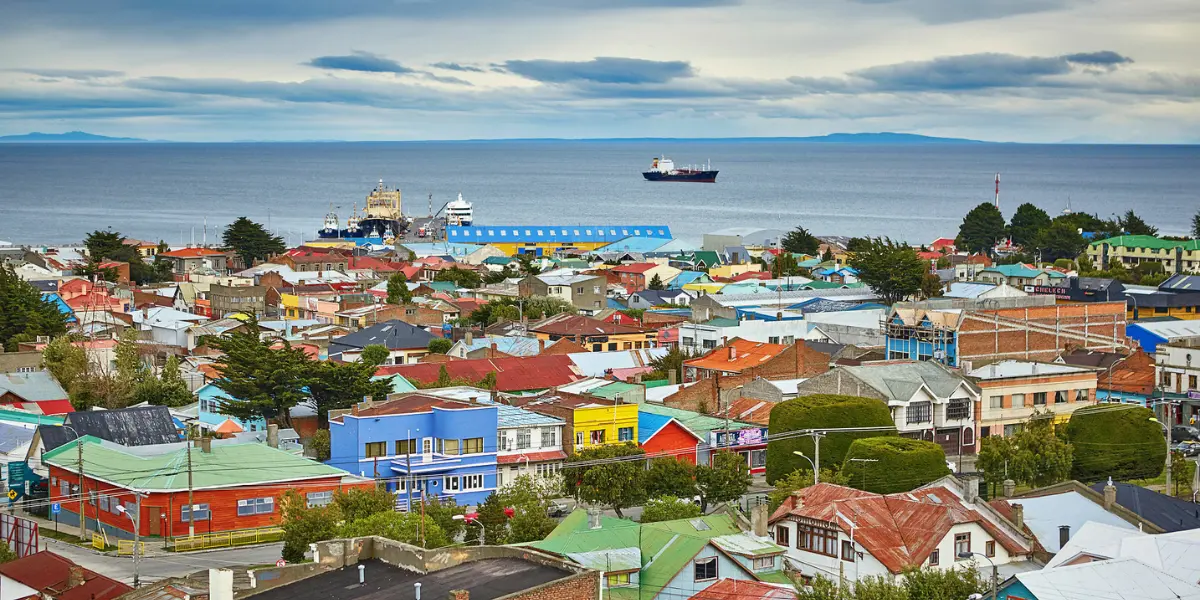
The port city of Punta Arenas captivates with its pure air and sophisticated European architecture. Its orderly streets and red-painted tin roofs are reminiscent of its past when the area became rich with wool from sheep farming.
The main focus of the town is Plaza Munoz Gamero, a square with a statue of Ferdinand Magellan. There are also elegant mansions to admire. Visit the museum of Nao Victoria to see full-sized replicas of Magellan’s ship, along with the James Caird that accompanied Shackleton’s Antarctic expedition and the HMS Beagle where Charles Darwin began developing his theory of evolution.
Located on the Brunswick Peninsula, Punta Arenas borders the Strait of Magellan. From here you can explore the west coast of the island and discover rookeries where penguins nest.
Ciudad Perdida
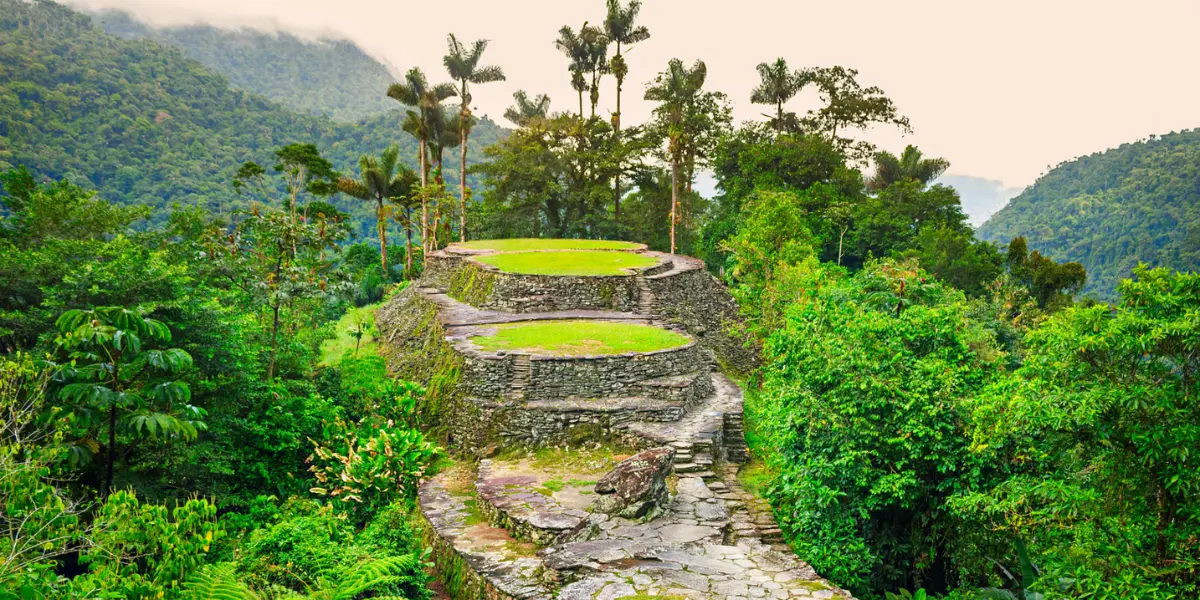
La Ciudad Perdida, or the Lost City, is a window into an ancient civilization that built its city 650 years before the Incas created Machu Picchu. It’s accessible via a two-day hike through the jungles of Colombia, and unlike Machu Picchu it’s far less visited and doesn’t feel overrun by tourists.
The ruins are scattered across terraces overlooking mountain streams and valleys. The buildings are oval rather than rectangular, mirroring the natural features of their environment—Pulpsenia tree trunks, boulders in the Buritaca River and tops of mountains—and the Kogi believe these shapes are spiritual antennas that connect them to other indigenous people across the world.
Since 2009, the Global Heritage Fund has been working to upkeep the site and ensure that any future tourism is sustainable.